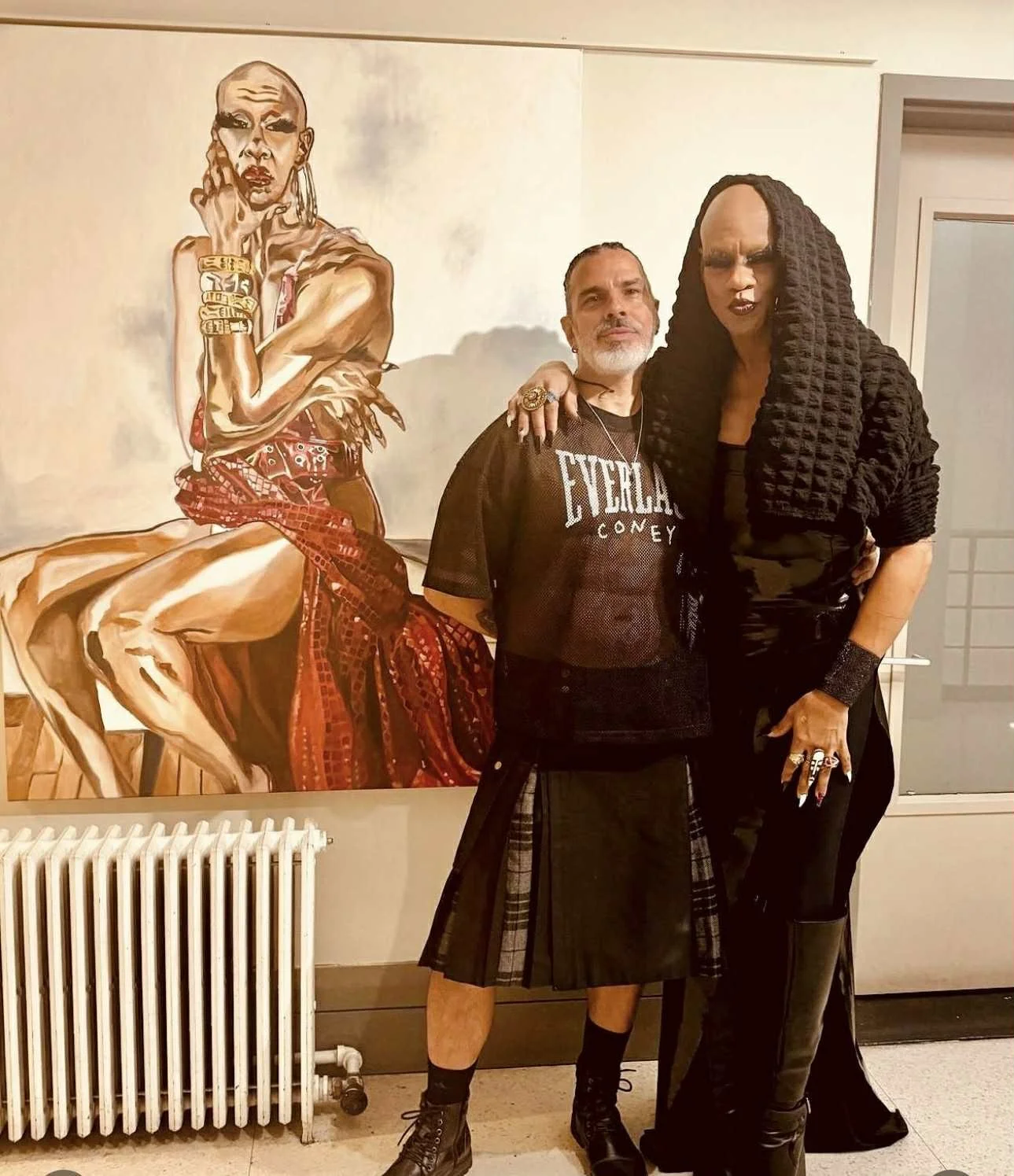In my current project wherein I am reconstituting old childhood images (that project the memories of my mother, my sister, my step father, step brother, aunt, grandmother, and father) I am attempting to assign these images meaning as symbols of personal mythology.
According to Joseph Campbell, “myths are clues to the spiritual potentialities of human life. Myth is the experience of life and they teach you that you can turn inward” and there you begin to “get the message of the symbols”.
Campbell in The Power of Myth bemoans that we seem to have lost the importance of the old myths (the Greek myths, the Biblical myths, Native American stories, etc). He claims that kids today make their own myths as a result and “this is why we have graffiti all over the city”. While I am attracted to the idea of these marks as evidence of personal mythologies (like today’s Facebook pages where kids are creating their own mythologies through curated images and videos), I am more interested in the societal aspect of mythology that is lost; Campbell asserts that mythologies teach us how to “behave in a civilized world” and I contend that they also teach us about the world.
As such, it is my contention that popular and ancient mythologies pale in this job next to the mythologies of our childhood.
There is no substitute for learning about woman than your mother.
King Priam can not teach you the pain of loss the way a stepbrother may.
A serpent in the garden cannot teach you the concept of deception the way a boy who is trying to fuck your sister can.
In this vein, with this project, I am attempting to imagine my own childhood mythologies and the stories, the traumas, the lived lives, of those around me and how all of their ways of navigating the world impacted and shaped the way I live in the world.
As writer or recorder of my own mythology, I identify as the shaman versus the priest (as distinguished by Campbell).
“The difference between a priest and a shaman is that the priest is a functionary and the shaman is someone who has had an experience”. Further, “the person who has had a mystical experience knows that all the symbolic expressions of it are faulty”. This concept is important to my work. As I sit over the images and meditate, it is only when a symbol appears that blurs the experience that I begin working. It is very important that my mythology is not spelled out. “The symbols [should not] render the experience [but] suggest it”, according to Campbell.
If you haven’t had the experience, Campbell asserts, how can you know what it is?

